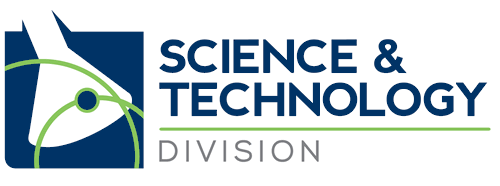1K
Tapani Ronni will be presenting “Vaccines: Past, Present, and Future” (ST-5, Friday 2:00 pm – 3:00 pm).
This brief review of vaccines is aimed at medical and scientific translators. While everybody is welcome to attend the talk, some familiarity with basic life science concepts will help in understanding the concepts in this talk.
A vaccine is any biological preparation that enhances immune response in order to either prevent or treat a disease. Historically vaccines have been manufactured using killed or weakened (attenuated) microbes, and combinations thereof. Recent advances in biochemistry and molecular biology have made it possible to generate vaccines from protein subunits, nucleic acids (DNA and RNA), and genetically engineered virus particles.
While vaccines have had an enormous positive impact on public health, many challenges remain, due to the high variability of some pathogens and the fact that some microbes don’t have obvious antigenic structures suitable for vaccine development. On the positive side, many infectious diseases, such as polio, are nowadays kept in check with pediatric vaccination programs. Two diseases, smallpox and rinderpest (a cattle disease) have even been eradicated from Earth. However, urgent and important public health challenges remain to be addressed. In this talk I will give three examples: HIV/AIDS, ebola, and tuberculosis.
Genomic data together with novel vector engineering should allow for more efficient and targeted vaccine development in the future. The talk will conclude with some examples of cutting edge technologies in vaccine development.

